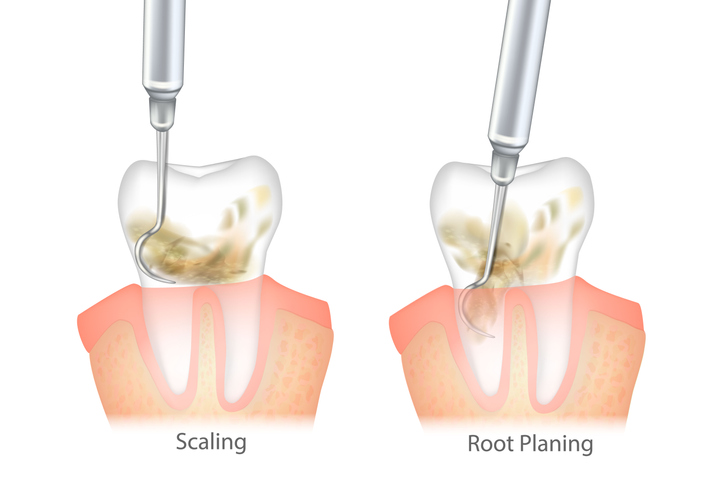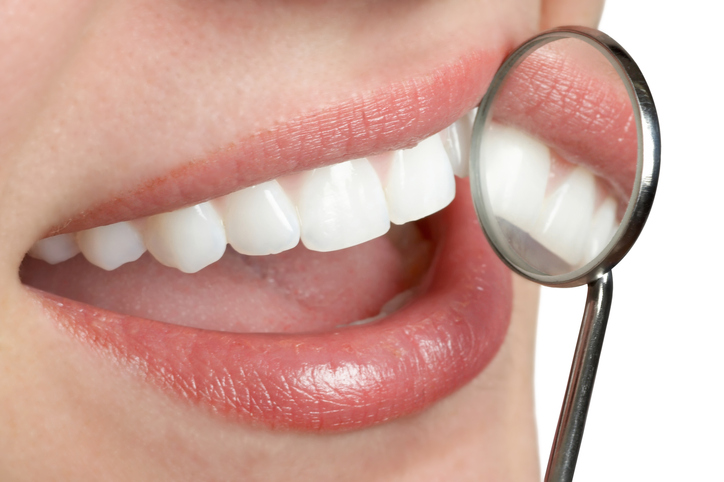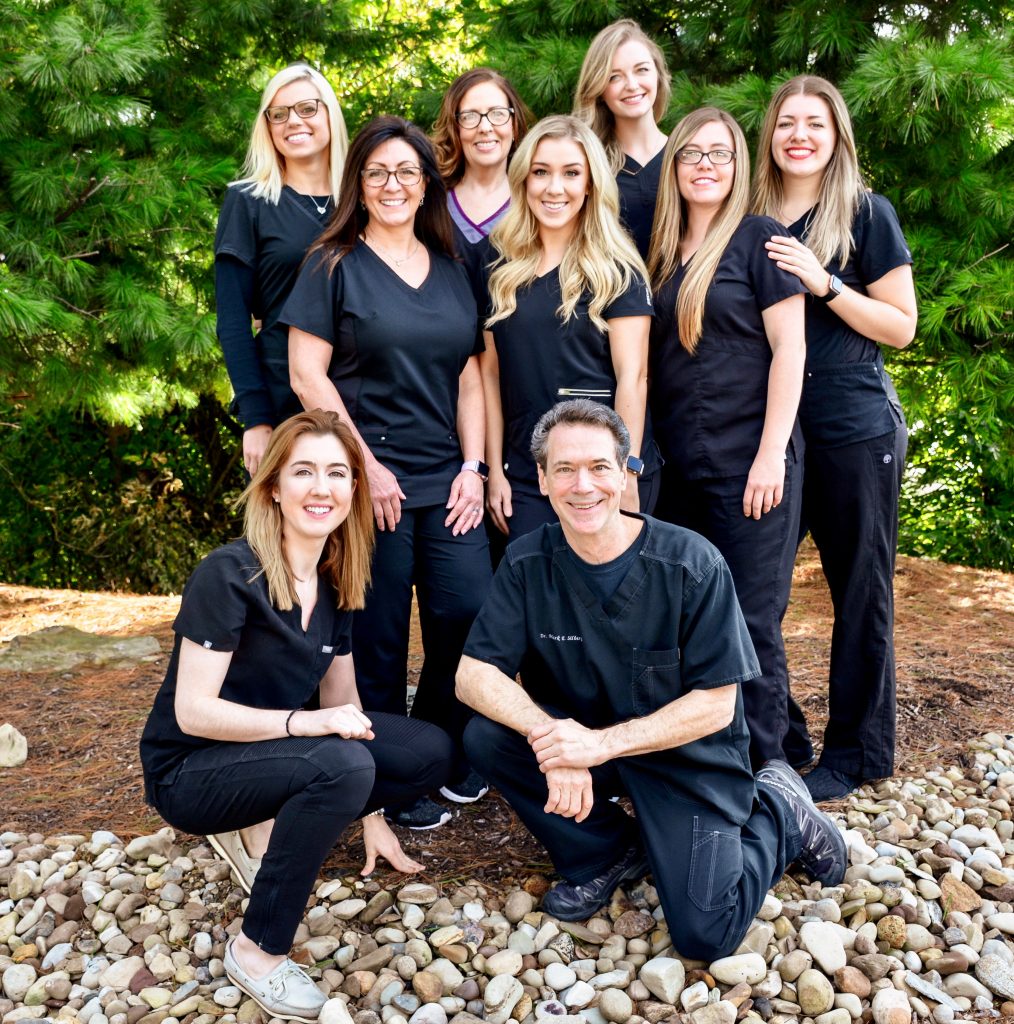 Bad breath and dry mouth are two common oral health issues that many people experience. Both conditions can be uncomfortable, embarrassing, and may impact one’s overall quality of life. Furthermore, they can potentially signal underlying dental or health problems that need to be addressed. Today, we will explore the causes of bad breath and dry mouth, as well as provide helpful tips for managing and preventing these issues. We hope that we can help you maintain optimal oral health and enjoy a more confident smile.
Bad breath and dry mouth are two common oral health issues that many people experience. Both conditions can be uncomfortable, embarrassing, and may impact one’s overall quality of life. Furthermore, they can potentially signal underlying dental or health problems that need to be addressed. Today, we will explore the causes of bad breath and dry mouth, as well as provide helpful tips for managing and preventing these issues. We hope that we can help you maintain optimal oral health and enjoy a more confident smile.
Causes
Bad breath, also known as halitosis, is an unpleasant odor that emanates from the mouth. Dry mouth, or xerostomia, is the condition in which there is an insufficient amount of saliva production, leading to a dry, sticky sensation in the mouth. Understanding the causes behind these issues can help you take the necessary steps to alleviate and prevent them. Some common factors that contribute to bad breath and dry mouth include:
- Poor oral hygiene: Inadequate brushing and flossing can lead to the buildup of plaque and bacteria in the mouth, resulting in bad breath. Additionally, food particles left behind after eating can also contribute to this issue. A lack of saliva, which helps to clean the mouth and neutralize acids, can exacerbate the problem.
- Oral infections: Gum disease, tooth decay, and abscesses can all cause bad breath due to the presence of bacteria and infection. A dry mouth may also increase the risk of these conditions, as saliva plays a crucial role in preventing the growth of harmful bacteria.
- Dehydration: Insufficient water intake can lead to both bad breath and dry mouth. Water helps to flush out food particles and bacteria from the mouth, and a lack of hydration can disrupt the normal production of saliva.
- Medications: Certain medications can cause dry mouth as a side effect, which may indirectly contribute to bad breath. It is essential to discuss any medications you are taking with your periodontist, as they may be able to recommend alternative treatments or strategies to help alleviate these side effects.
- Lifestyle choices: Smoking, alcohol consumption, and a diet high in sugary or acidic foods can all contribute to bad breath and dry mouth. These lifestyle choices can also negatively impact your overall oral health, leading to a higher risk of developing dental issues such as tooth decay and gum disease.
Treatment Options
There are various treatment options available for addressing bad breath and dry mouth. By understanding the root causes behind these issues, we can tailor a personalized treatment plan to effectively manage and alleviate your symptoms. Some treatment options include:
- Improving oral hygiene: Ensuring that you practice good oral hygiene is essential for combating bad breath and dry mouth. This includes brushing your teeth at least twice a day, flossing daily, and using a fluoride-containing toothpaste. Regular dental cleanings and checkups can also help keep your mouth clean and healthy.
- Addressing underlying dental issues: If your bad breath or dry mouth is caused by an oral infection, tooth decay, or gum disease, it is crucial to seek treatment from a dental professional. At Pinnacle Center – Dental Implants & Periodontics, our team is experienced in diagnosing and treating a wide range of dental issues, ensuring that you receive the appropriate care to restore your oral health.
- Using specialized products: There are many over-the-counter products available that can help alleviate the symptoms of bad breath and dry mouth. These include mouthwashes specifically designed to target odor-causing bacteria, as well as saliva substitutes and oral moisturizers to help combat dry mouth. It is essential to consult with us before using these products to ensure they are appropriate for your specific needs.
Prevention Tips
Preventing bad breath and dry mouth involves maintaining good oral hygiene and making conscious lifestyle choices that promote optimal oral health. Some helpful tips for preventing these issues include:
- Staying hydrated: Drinking water regularly throughout the day can help keep your mouth moist and flush out food particles and bacteria that can contribute to bad breath and dry mouth.
- Using a tongue scraper: Cleaning your tongue with a tongue scraper can help remove bacteria and food debris that can cause bad breath. Incorporating this into your daily oral hygiene routine can help keep your breath fresh and clean.
- Chewing sugar-free gum: Chewing sugar-free gum can help stimulate saliva production, which can help alleviate dry mouth symptoms and freshen your breath. Opt for gum containing xylitol, as it has been shown to help prevent tooth decay.
- Avoiding tobacco and alcohol: Both smoking and excessive alcohol consumption can contribute to bad breath and dry mouth. Reducing or eliminating these habits can significantly improve your oral health and help prevent these issues.
- Adopting a healthy diet: Consuming a balanced diet rich in fruits, vegetables, whole grains, and lean proteins can help support good oral health and reduce the risk of developing bad breath and dry mouth.
Conclusion
In conclusion, bad breath and dry mouth are common oral health issues that can be caused by various factors, including poor oral hygiene, oral infections, dehydration, medications, and lifestyle choices. Fortunately, there are numerous treatment options available to help manage and alleviate these conditions, such as improving oral hygiene, addressing underlying dental issues, and using specialized products. Additionally, adopting preventive measures like staying hydrated, using a tongue scraper, chewing sugar-free gum, avoiding tobacco and alcohol, and maintaining a healthy diet can significantly improve your oral health and reduce the risk of developing bad breath and dry mouth.
Seeking professional care is crucial in addressing and preventing these issues. At Pinnacle Center – Dental Implants & Periodontics, our experienced team, including Dr. Roll and Dr. Williams, is dedicated to providing personalized, comprehensive care to help you achieve and maintain optimal oral health. We invite you to make an appointment with us to discuss your concerns and develop a tailored treatment plan that addresses your unique needs.
Don’t let bad breath and dry mouth impact your confidence and quality of life. Contact us today to schedule a consultation and start your journey towards a healthier, more radiant smile.


 Gum disease is a common dental problem that affects millions of people worldwide. It is caused by the buildup of plaque and bacteria on the teeth and gums, which can lead to inflammation, bleeding, and eventually tooth loss. Traditional treatments for gum disease include
Gum disease is a common dental problem that affects millions of people worldwide. It is caused by the buildup of plaque and bacteria on the teeth and gums, which can lead to inflammation, bleeding, and eventually tooth loss. Traditional treatments for gum disease include  When plaque builds up on teeth, it can harden into tartar and cause several complications for your oral health, even advancing to periodontal disease as it worsens. At Pinnacle Center – Dental Implants & Periodontics, we recommend a
When plaque builds up on teeth, it can harden into tartar and cause several complications for your oral health, even advancing to periodontal disease as it worsens. At Pinnacle Center – Dental Implants & Periodontics, we recommend a  If you have too much pink in your smile, you probably have an excessive gingival display, otherwise known as a “gummy” smile. Around 10% of the population has this aesthetically unappealing dental condition, affecting women slightly more than men. Fortunately, dental procedures like
If you have too much pink in your smile, you probably have an excessive gingival display, otherwise known as a “gummy” smile. Around 10% of the population has this aesthetically unappealing dental condition, affecting women slightly more than men. Fortunately, dental procedures like  If you’re a periodontal patient, it’s important to understand the importance of regularly scheduling appointments with your
If you’re a periodontal patient, it’s important to understand the importance of regularly scheduling appointments with your 


 Dr. Katherine L. Roll
Dr. Katherine L. Roll